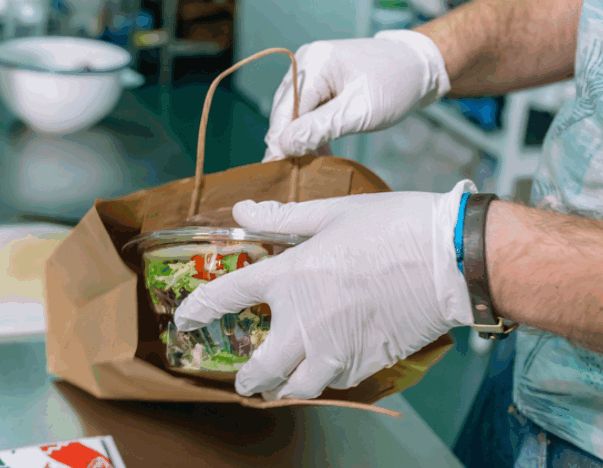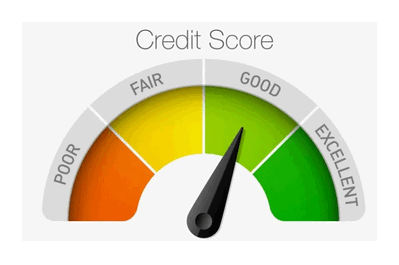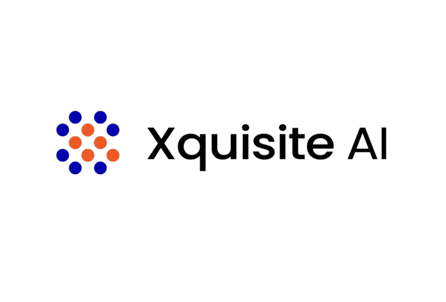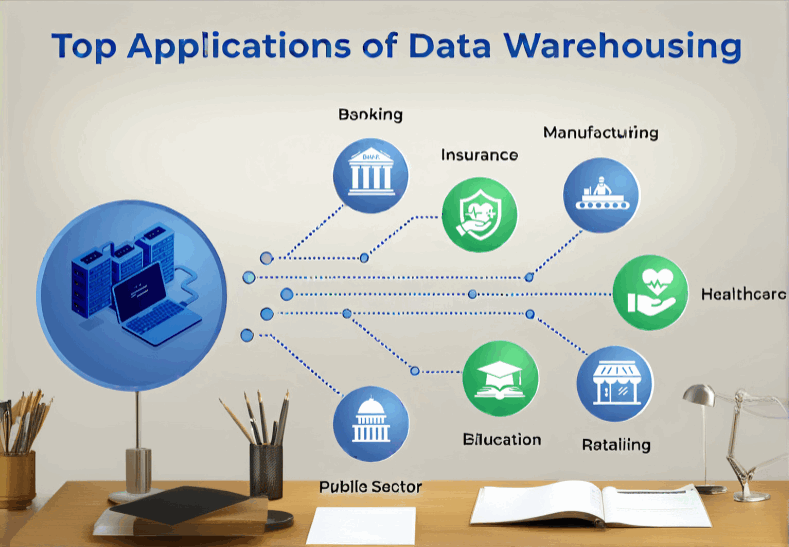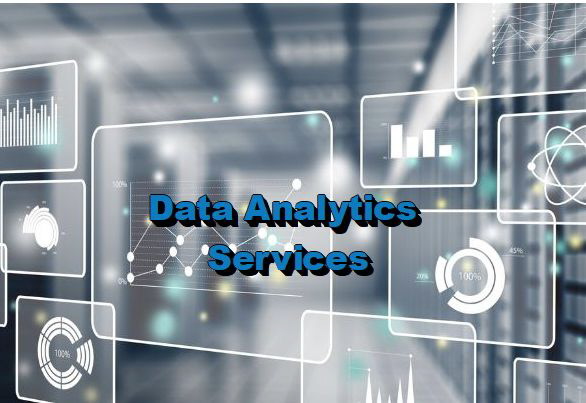Data analytics & AI can help an F&B company grow
focusing on specific use cases, benefits, and real-world applications.
1. Predicting Customer Preferences
F&B companies gather massive amounts of customer data through point-of-sale systems, loyalty programs, and online platforms. AI-powered predictive analytics can process this data to identify patterns and preferences:
- Customer Segmentation: AI can classify customers into different segments based on purchasing behavior, location, and demographics. For instance, AI might reveal that a certain group prefers healthier menu options, prompting the company to tailor its offerings.
- Trend Prediction: By analyzing historical data and external factors (such as social media trends), AI can predict future food trends and preferences. This can guide F&B companies to innovate by launching new products or revamping existing ones before trends peak.
Example: Starbucks uses AI to analyze customer preferences and personalize drink suggestions via its mobile app. The app learns individual preferences and sends personalized offers, increasing customer retention.
2. Inventory Optimization
Managing inventory is a major challenge in the F&B industry due to the perishable nature of products. Data analytics and AI can help reduce waste and ensure product availability:
- Demand Forecasting: AI models can forecast product demand by analyzing historical sales, seasonality, and external factors like weather or holidays. For instance, if data shows that ice cream sales spike during the summer, the company can adjust inventory accordingly.
- Real-Time Inventory Tracking: AI-powered inventory systems can track stock levels in real-time and trigger automatic replenishment orders when inventory runs low, reducing the risk of stockouts and overstocking.
Example: Domino’s Pizza uses AI to optimize ingredient supply, reducing wastage by predicting demand for specific ingredients across different outlets.
3. Personalized Marketing Campaigns
Personalization is key to capturing customers’ attention in a competitive market. Data analytics and AI can help deliver personalized marketing at scale:
- Customer Data Analysis: AI can process customer data from loyalty programs, mobile apps, or website interactions to create personalized offers. For instance, customers who frequently order coffee might receive a promotion on their next purchase of a breakfast combo.
- Targeted Advertising: AI can help businesses run hyper-targeted ad campaigns by segmenting customers based on their behavior and preferences. This increases the relevance of the ad, improving click-through rates and conversions.
Example: McDonald’s uses AI in its digital menu boards to show personalized meal suggestions based on time of day, weather, and regional preferences, enhancing customer engagement and increasing average order value.
4. Supply Chain Efficiency
The F&B industry often struggles with complex supply chains, but AI and data analytics can optimize this process:
- Route Optimization: AI can analyze traffic patterns, fuel costs, and delivery schedules to find the most efficient delivery routes, reducing transportation costs and time.
- Supplier Performance Monitoring: AI can track supplier performance metrics (on-time delivery, product quality) to identify the most reliable suppliers, which improves the consistency and quality of ingredients.
Example: PepsiCo uses AI to manage its supply chain more efficiently, reducing costs by optimizing its transportation and logistics networks.
5. Enhanced Customer Experience
Customer experience is a crucial factor in F&B. AI and data analytics can improve various aspects of it:
- AI Chatbots: Many F&B companies are adopting AI-driven chatbots to handle customer inquiries about menu items, operating hours, and online orders, providing instant responses and freeing up staff for other tasks.
- Recommendation Engines: AI-powered recommendation engines can suggest menu items based on customer behavior. For example, if a customer frequently orders vegan meals, the system might recommend other vegan options when they visit the restaurant’s website or app.
Example: KFC uses AI-powered chatbots for customer support and to handle online orders, improving response times and customer satisfaction.
6. Menu Optimization and Pricing Strategy
AI can help F&B companies optimize their menus and pricing strategies for maximum profitability:
- Menu Analysis: By analyzing sales data, AI can identify which menu items are most profitable or popular. Companies can then promote these items more or remove underperforming ones.
- Dynamic Pricing: AI can also enable dynamic pricing, where prices are adjusted based on factors like demand, time of day, or local events. For example, prices may increase during peak hours to maximize revenue.
Example: Panera Bread uses data analytics to analyze which products resonate most with customers, helping them refine their menu based on sales performance and customer feedback.
7. Health and Safety Compliance
Food safety is a top priority in the F&B industry. AI and data analytics can help companies maintain high safety standards:
- Real-Time Monitoring: AI-powered sensors can monitor temperature and humidity levels in real-time during food storage and transportation. This ensures that perishable items remain within safe temperature ranges, reducing spoilage.
- Predictive Maintenance: AI can predict when kitchen equipment might fail, allowing businesses to perform maintenance before breakdowns occur. This ensures smooth operations and reduces downtime.
Example: Walmart uses blockchain and AI technologies to monitor its food supply chain, ensuring that products are stored and transported under the right conditions.
8. Sales Forecasting
Accurate sales forecasting is essential for managing resources effectively. AI models can process vast amounts of historical sales data and external factors to generate accurate forecasts:
- Seasonal Demand Prediction: AI can analyze past sales data to predict seasonal spikes in demand, allowing businesses to prepare accordingly by hiring more staff or ordering more ingredients.
- Event-Based Forecasting: AI can also consider local events (such as sports games or festivals) and predict how these might impact sales, allowing businesses to adjust their staffing and inventory levels accordingly.
Example: Coca-Cola uses AI to forecast sales and demand patterns, enabling better production planning and distribution management across different regions.
9. Customer Sentiment Analysis
Understanding customer feedback is crucial for improving products and services. AI can help F&B companies perform sentiment analysis on customer reviews, social media posts, and surveys:
- Feedback Categorization: AI can categorize feedback into different themes (e.g., taste, service, pricing) and identify common pain points that require immediate attention.
- Sentiment Analysis: AI algorithms can determine whether feedback is positive, neutral, or negative. This helps companies understand overall customer satisfaction levels and make data-driven improvements.
Example: Chipotle uses AI to analyze customer feedback in real-time, allowing it to make swift changes to its menu and service, improving customer satisfaction.
10. Operational Efficiency
AI and automation can improve operational efficiency in various ways, from order processing to food preparation:
- Robotics in Kitchens: AI-powered robots can assist with repetitive kitchen tasks, such as cutting vegetables or flipping burgers, reducing labor costs and speeding up preparation times.
- Self-Service Kiosks: Many F&B companies are introducing AI-powered self-service kiosks where customers can place orders, reducing wait times and enhancing order accuracy.
Example: White Castle uses AI-powered robots to automate fry stations in its kitchens, reducing human error and speeding up food preparation times.
Conclusion
By leveraging data and AI, F&B companies can improve operational efficiency, enhance customer experiences, optimize their supply chains, and make data-driven decisions that fuel growth. The integration of these technologies allows businesses to stay competitive, innovate continuously, and better meet customer demands in a fast-evolving market.
